Here's what Oculus had to say at GDC 2018.
Oculus had its "Inside Oculus" presentation today at GDC 2018, and alongside some stats on usage and a promise to invest more money in "AAA" content, there were a few major announcements that have the VR world atwitter, including new information about Oculus Go and the "Santa Cruz" project, as well as some improvements to Oculus Home.
Here's what you need to know.
User-generated content coming to Oculus Home
Oculus Home is set to expand, offering users a way to bring their own creations into their Rift hangouts. Using the .glb file format, users will be able to directly import models from Oculus Medium. This essentially means that if you can dream it up and create it with Medium's powerful set of tools, it can live in your Home.
But what about showing off your creations? Inviting friends and leaving your own Oculus Home to visit others has always been an envisioned part of Rift Core 2.0, and it's expected to become a reality this summer. Users will be able to hang out together in their Homes and will be able to launch together into any apps or experiences that support the Oculus Platform SDK.
Oculus Go further revealed
Oculus Go, the forthcoming standalone headset, has garnered a lot of attention, and many have been asking for more details. It turns out that the hardware inside Oculus Go is similar to a phone, except unnecessary stuff like LTE radio and glass, have been removed to up battery life and reduce heat.
The eye buffer will not be limited to 1024 x 1024, like on the Gear VR. Instead, Oculus Go uses Fixed Foveated Rendering to create a clearer image. The amount of foveation can apparently be adjusted on the go, and the quality at the center (where you're looking the most) can be upped while the outer edges remain lower-res.
The Snapdragon 821 processor (CPU) inside Oculus Go will likewise deliver better clock rates and a higher 72 frames-per-second (FPS) ceiling than the 60 FPS ceiling on the Gear VR. That 72Hz refresh rate means a brighter, more vibrant display, and a lot of existing Gear VR apps will be able to handle the transition without difficulty.
Finally, Oculus Go is intended to further the goal of turning VR into a daily activity, with social, replayability, and competition as main drivers. Three games will be at the forefront of this model:
- Anshar Online
- Catan VR
- They Suspect Nothing
More on Oculus 'Santa Cruz'
The full-sized, wireless headset from Oculus, codenamed "Santa Cruz," has likewise garnered a lot of attention, and now Oculus has revealed further details.
The Santa Cruz headset will have a display with a 72Hz refresh rate, four cameras on the front for controller and positional tracking, and six-degrees-of-freedom (6DoF) controllers. It seems to be positioned as a higher-end Oculus Go, sort of like a VR gaming console that focuses on heat management in order to up performance at all costs.
As for the controllers, Oculus offered three images: prototype, current, and future. After seeing prototypes at Oculus Connect 4, developers asked for a button setup more similar to Oculus Touch. Current Santa Cruz controllers are still using a touchpad, but the future model looks like it will bring joysticks back into the equation.
Positional Timewarp is now a thing
Positional Timewarp (PTW) is expected to help remove lateral jutter when inside the headset, but it will only work if developers share compositor depth buffers with Oculus. If you aren't a developer, you have less to worry about, but it should also be used to better integrate apps into the Rift Core 2.0 Dash.
What do you think?
Are you especially excited about any of the major Oculus announcements? Be sure to let us know in the comments!
from Android Central - Android Forums, News, Reviews, Help and Android Wallpapers http://ift.tt/2HSJsnQ
via IFTTT
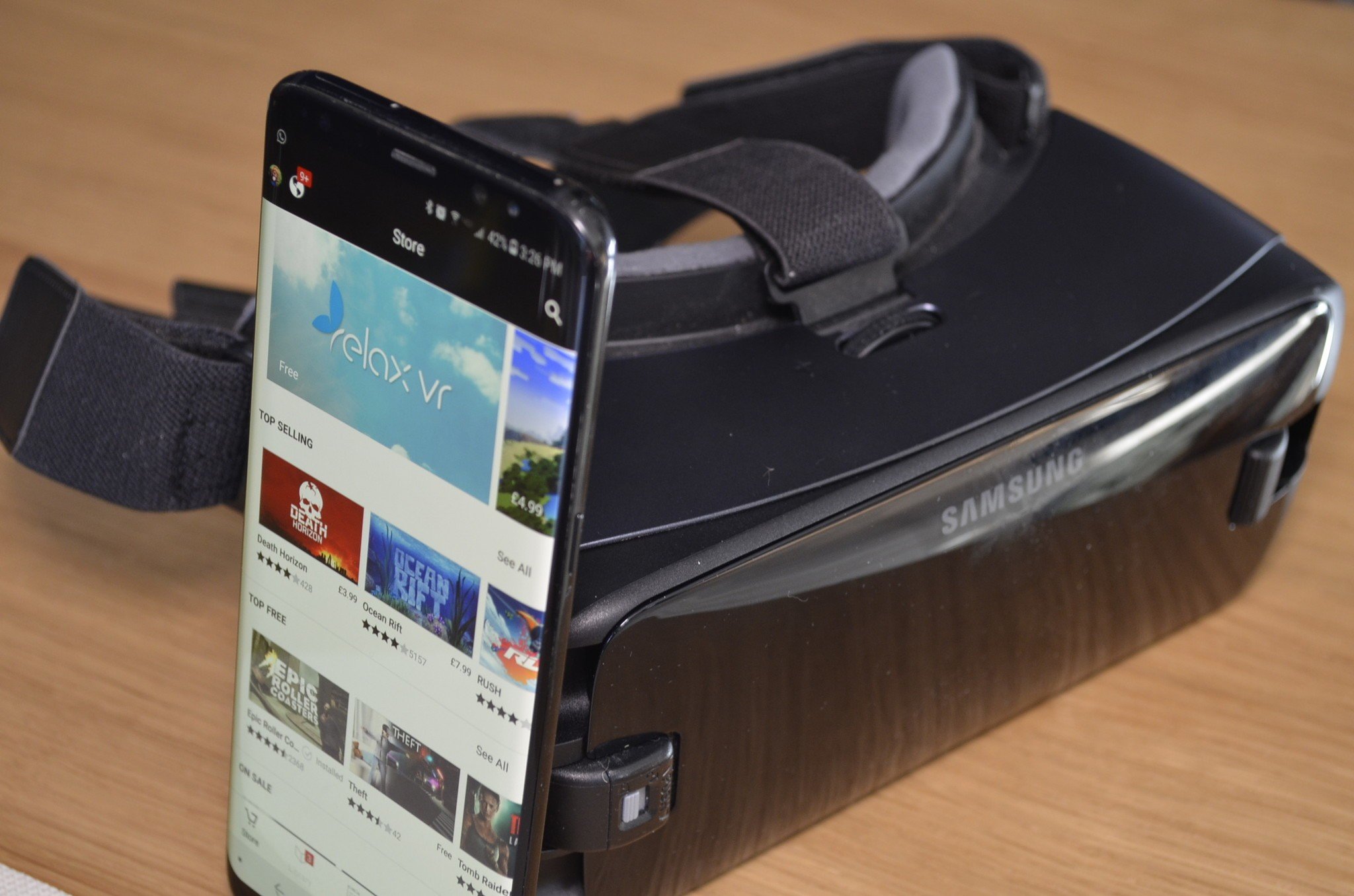
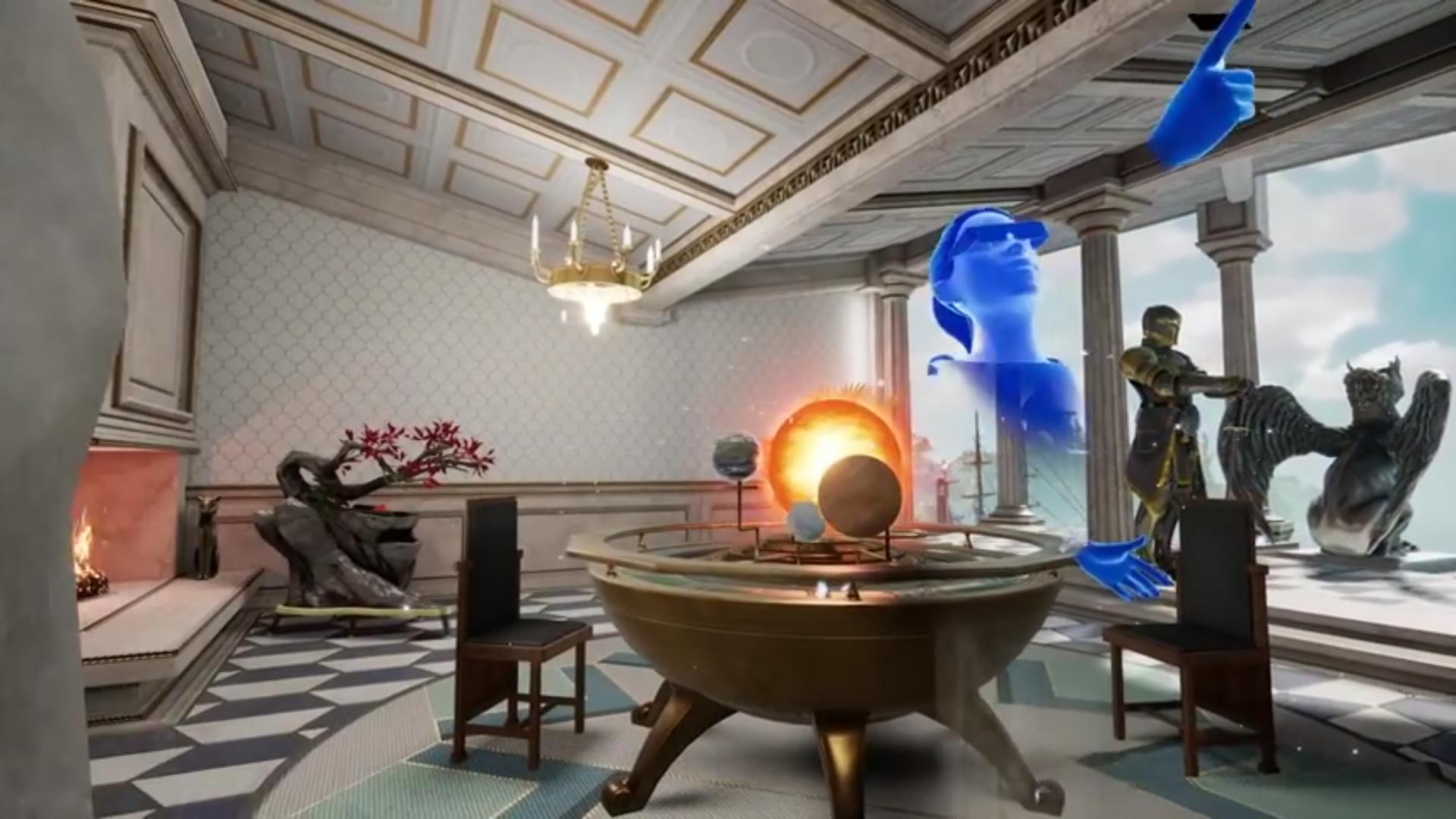
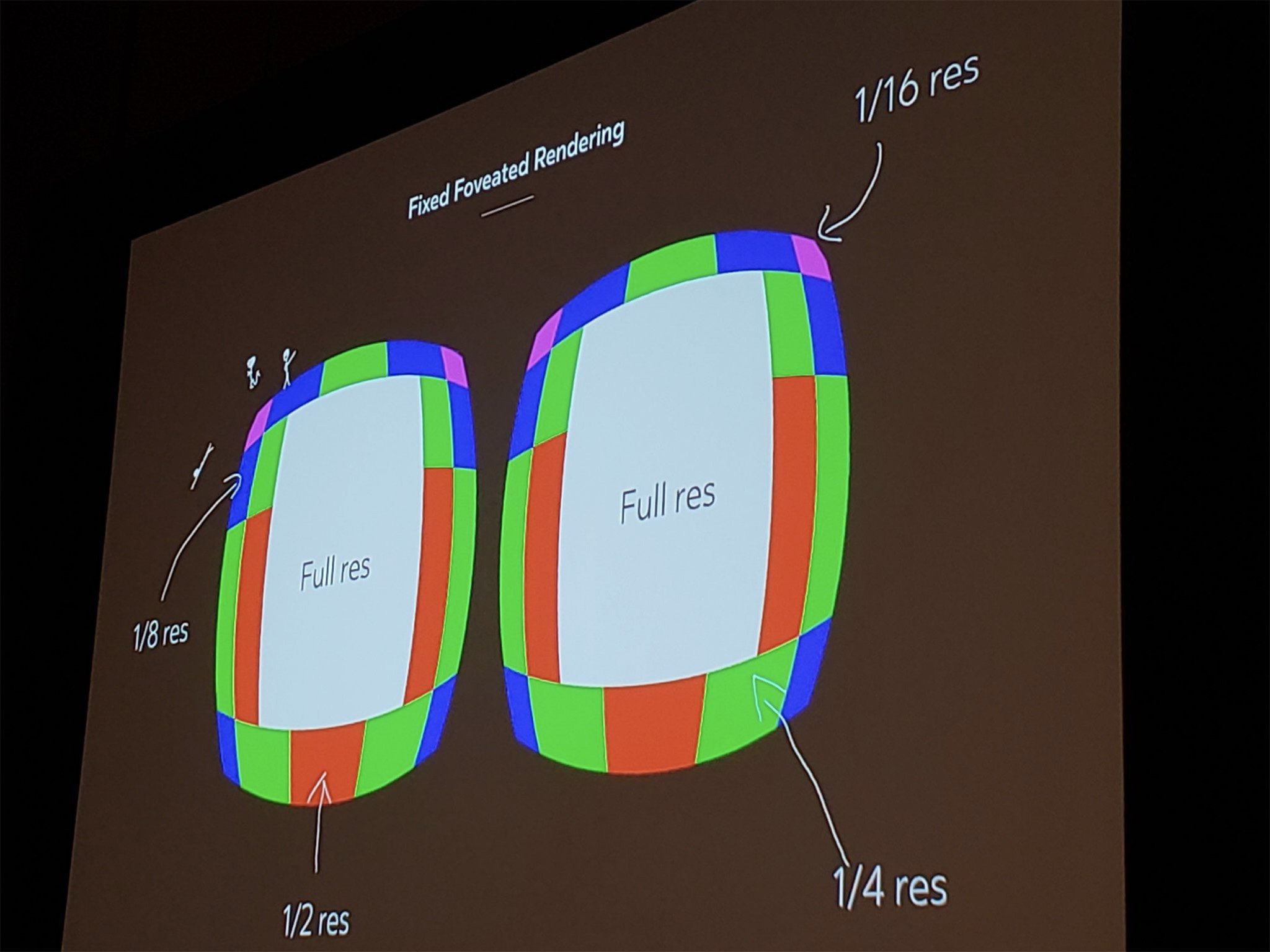
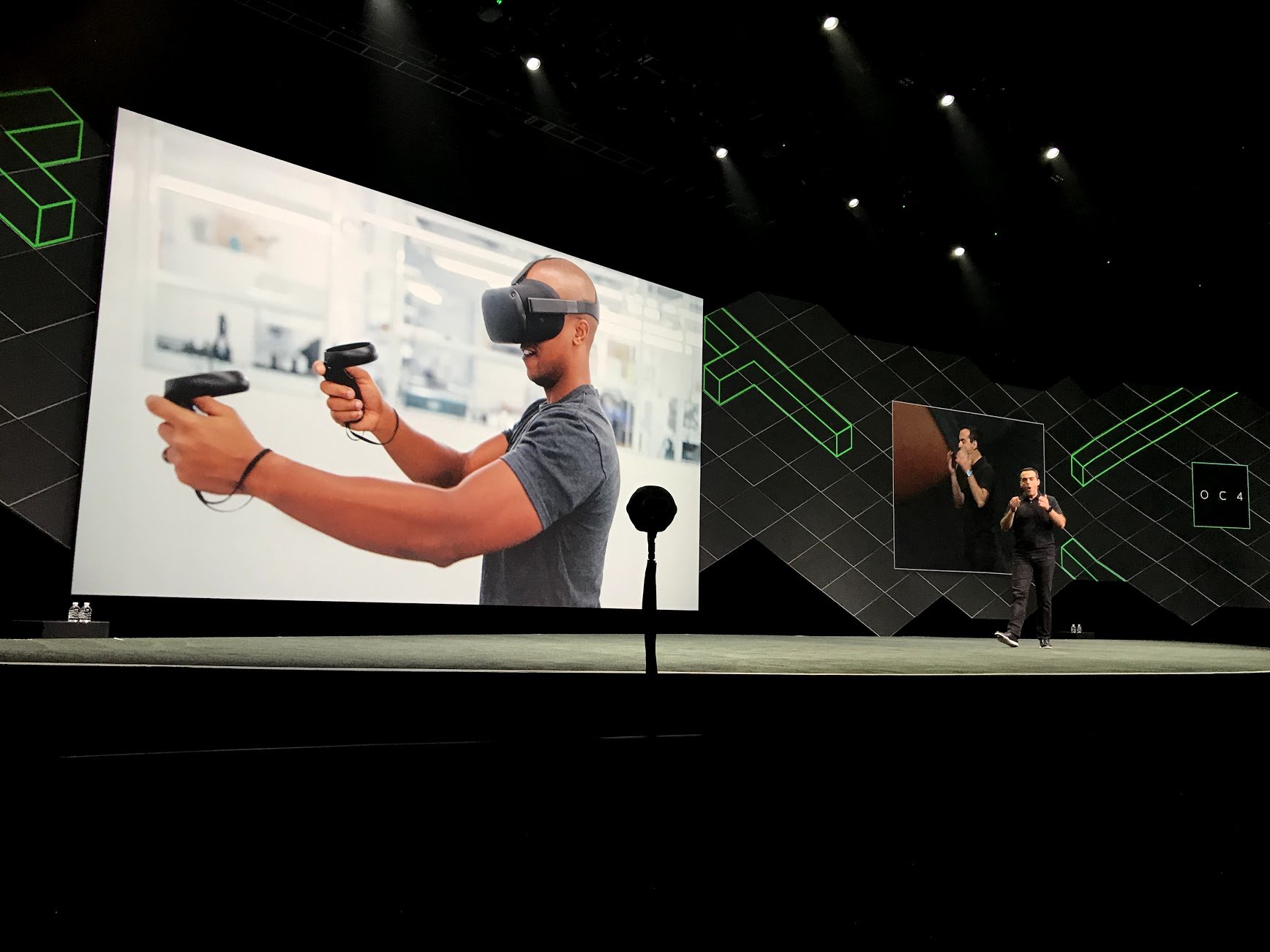
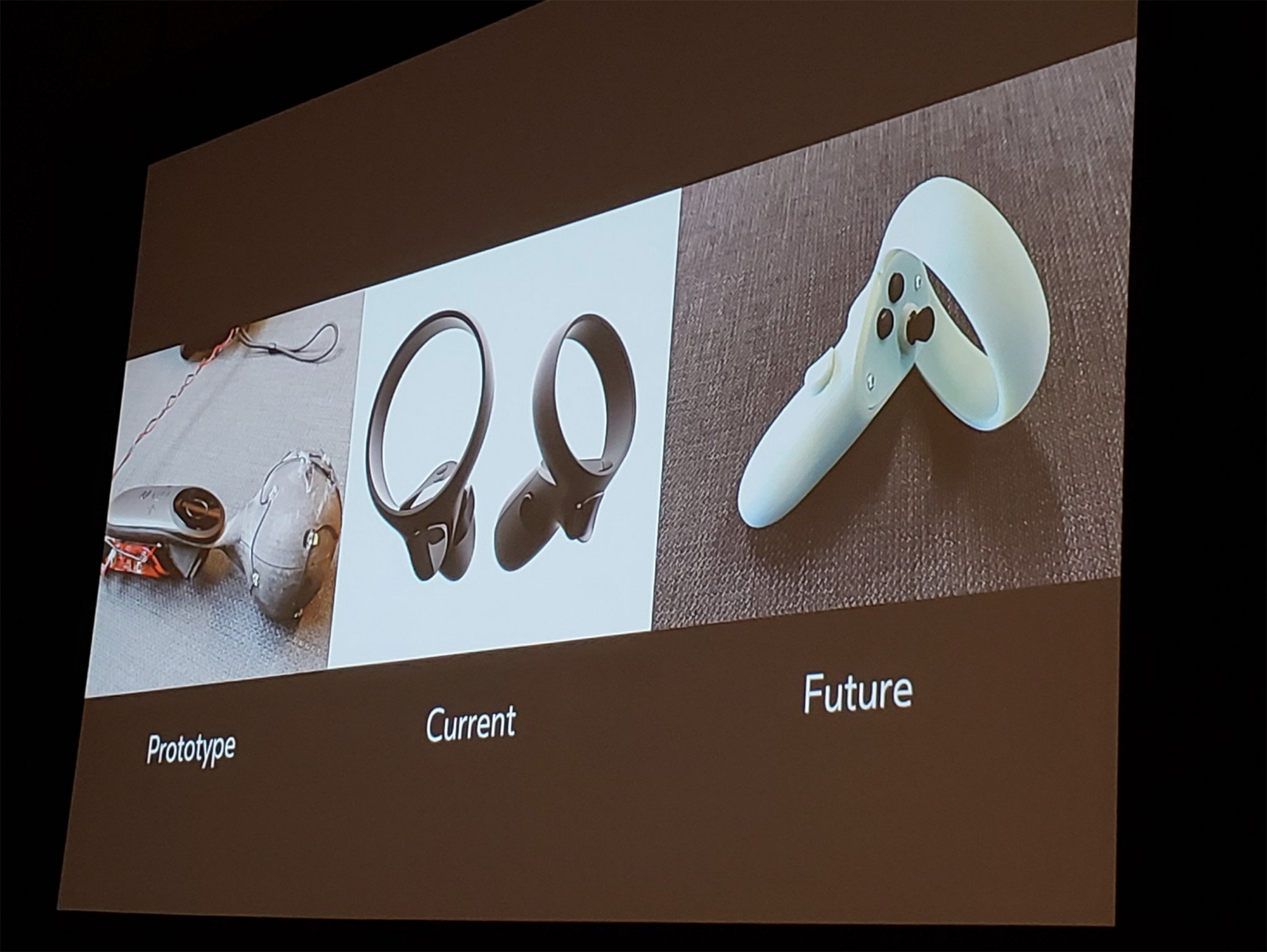
No comments:
Post a Comment